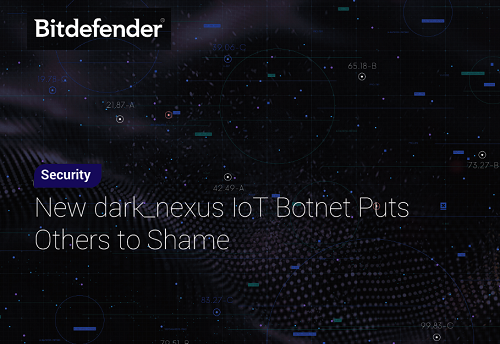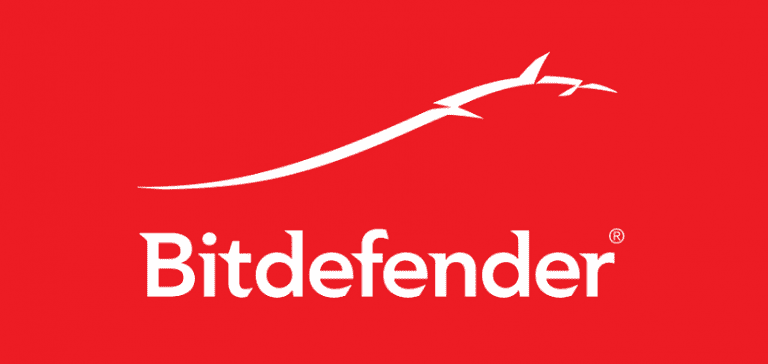Bitdefender researchers have recently found a new IoT botnet packing new features and capabilities that put to shame most IoT botnets and malware that we’ve seen.
We named the botnet “dark_nexus” based on a string it prints in its banner. In one of its earliest versions, it used this name in its user agent string when carrying out exploits over HTTP: “dark_NeXus_Qbot/4.0”, citing Qbot as its influence. Our analysis has determined that, although dark_nexus reuses some Qbot and Mirai code, its core modules are mostly original.
While it might share some features with previously known IoT botnets, the way some of its modules have been developed makes it significantly more potent and robust. For example, payloads are compiled for 12 different CPU architectures and dynamically delivered based on the victim’s configuration.
It also uses a technique meant to ensure “supremacy” on the compromised device. Uniquely, dark_nexus uses a scoring system based on weights and thresholds to assess which processes might pose a risk. This involves maintaining a list of whitelisted process and their PIDs, and killing every other process that that crosses a threshold of suspicion.
Interestingly, dark_nexus seems to have been developed by a known botnet author who has been selling DDoS services and botnet code for years. Using YouTube videos demoing some of his past work and posting offerings on various cybercriminal forums, greek.Helios seems to have experience with IoT malware skills, honing them to the point of developing the new dark_nexus botnet..


